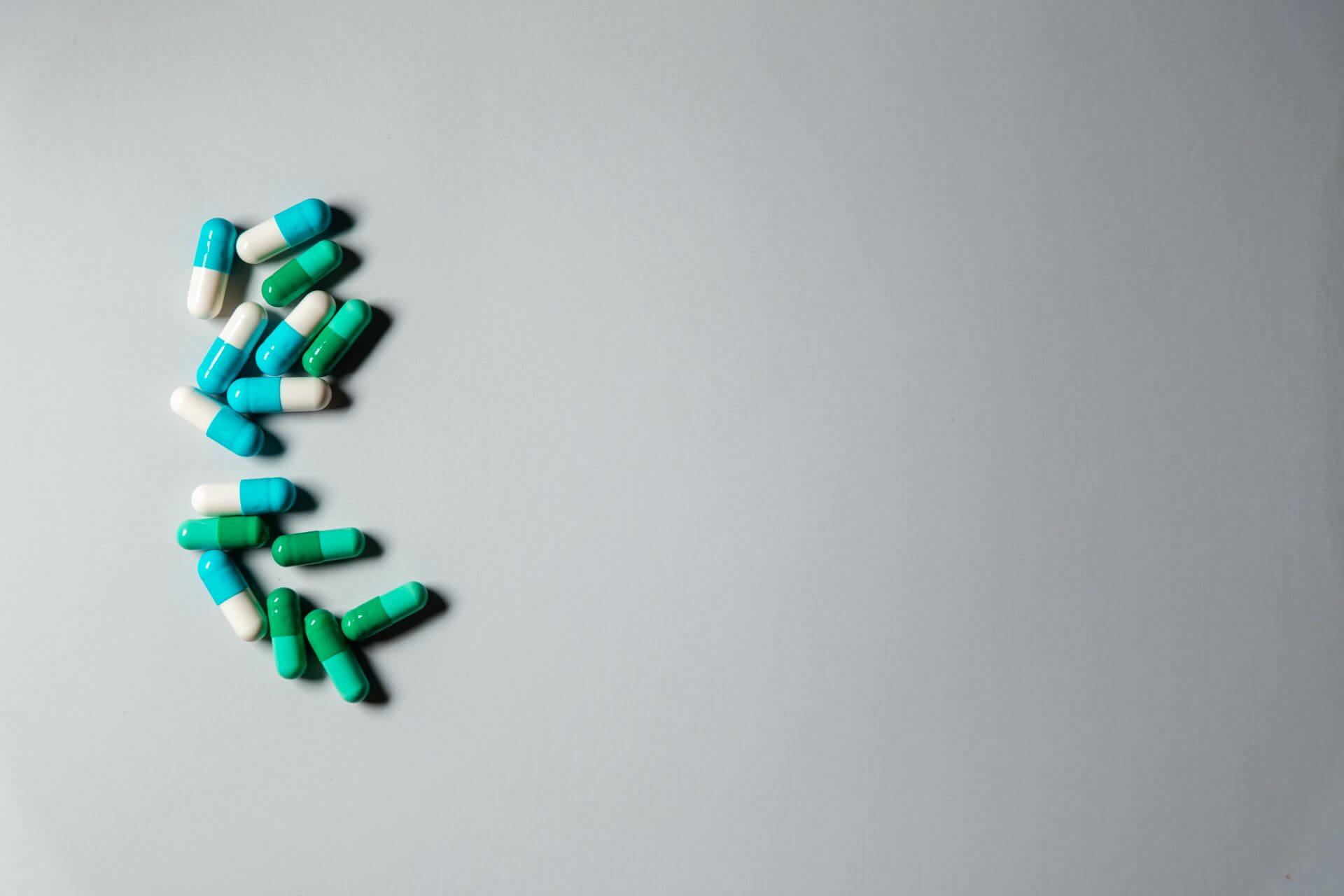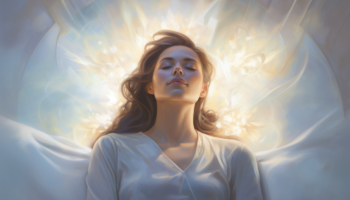Welcome to the third installment in our 8-part series on all things ketamine, sponsored by Mindbloom, an official partner of Third Wave.
“…the potential significance of LSD and other psychedelics for psychiatry and psychology is comparable to the value the microscope has for biology, or the telescope has for astronomy.”
– Stanislov Grof
In the last 20 years, modern medicine has mapped the human genome, reduced HIV mortality by 80%, and diminished heart disease deaths by 40%. Yet in the last century, psychiatry has made virtually no progress in alleviating depression—the leading cause of disease in the industrialized world. In fact, prescription drugs often exacerbate the very symptoms they claim to assuage.
As depression continues weaving its insidious web, those who suffer need hope. Fortunately, a growing wave of research points to ketamine therapy as a viable alternative. But could psychedelic ketamine infusions be safer and more effective than antidepressants?
The facts about depression
- Depressed people are twice as likely to die from all causes of death and 20X more likely to commit suicide than the general population.
- Traditional antidepressant medications take a week or more to begin relieving symptoms. Conversely, adverse side effects can occur rapidly.
- Medication regularly causes immediate and severe side effects and often stops working after a few short months.
- Antidepressants only exhibit therapeutic value in 60% of the cases.
- 15% of depressed people are entirely resistant to traditional drug therapy.
Yet modern medicine continues to tout similar prescription drugs and theories from the 1960s.

How we got here
In the early 1900s, doctors attempted to solve melancholia—the first term for depression—through electroshock treatments and herbal remedies. After decades of failed attempts, they accidentally stumbled on a new hypothesis. While administering tuberculous drugs, doctors observed surprising mood-elevating effects in their patients. Based on the discovery, they developed a theory that monoamine drugs, which affect noradrenaline, serotonin, dopamine, and norepinephrine, could also alleviate depression. As a result, pharmaceutical companies in the 1950s began developing new antidepressants drugs to target these biochemicals.
Tricyclic Antidepressants (TCAs)
TCAs are the earliest known monoamine antidepressant drugs, which work primarily by boosting happy hormones, such as serotonin and norepinephrine. While effective at elevating mood, TCAs may also cause severe side effects, including significant drops in blood pressure, difficulty urinating, sexual dysfunction, and tremors. As a result, TCAs have primarily been replaced by antidepressants that are supposedly safer and more effective. Despite the rhetoric, research shows patients are only negligibly more satisfied with today’s alternatives.
Monoamine Oxidase A Inhibitors (MAOIs)
Along with TCAs, psychiatrists often prescribed MAOIs to treat the chemical imbalances they believed caused depression. MAOIs work by blocking monoamine oxidase, the enzyme that diminishes happy hormones in the brain. While successful at a chemical level, MAOIs are incompatible with the standard American diet of red wine and beer. Mixing the two can trigger a spike in blood pressures as well as seizures. Starting in the late 1960s, pharmaceutical companies began developing SSRIs.
Selective Serotonin Reuptake Inhibitors (SSRIs)
SSRIs are the most recent psychiatric medicine, touted as a revolutionary approach to boosting serotonin levels. But the fact is scientists don’t truly understand how SSRIs work on a neurochemical level. When compared to TCA antidepressants, research shows SSRIs do not exhibit statistical improvements in treating depression. According to a meta-analysis of multiple antidepressant medications, SSRIs are only slightly more effective than placebos. Moreover, depressed people who take SSRIs report a slew of unwanted effects, from sleep issues to anxiety to suicidal behavior and severe dependency. The facts speak for themselves. The time was yesterday for mental health professionals to consider ketamine therapy as an alternative treatment for depression.
Ketamine therapy and consciousness
Mounting evidence shows ketamine may work by modulating glutamate, a neurochemical in the brain associated with depression. Ketamine is also known to have “neuroplastic effectiveness,” which can create new brain pathways.
Through this mechanism, ketamine can rewire the brain and change the mind by allowing people to dissociate from worry and detach from formerly limiting beliefs, opinions, and habits. Ketamine creates shifts in perspective everyone knows they need but can’t seem to access through brute prescription force. Even with a conservative dose, ketamine can yield physical and mental perception changes that allow patients to explore hidden parts of their consciousness.
If you want to find more about the topic check out our podcast interview with Lynn Marie Morski where we talk about Bridging the Plant Medicine Gap
The numbers tell the story
- The first placebo-controlled double-blind ketamine therapy trial in 2000 showed that subjects treated with ketamine experienced a significant reduction in depressive symptoms. The placebo group did not.
- A second randomized controlled trial in 2006 showed a single ketamine injection could produce significant depression relief within 110 minutes in more than 70% of patients.
- In that same study, one-third achieved clinical remission in 24 hours.
Another study with treatment-resistant patients found ketamine diminished suicidal thoughts within 24 hours.

More than just medicine
At legal ketamine clinics across the country, patients are receiving infusions and experiencing altered states of consciousness. Some even report “leaving the body” and reliving past experiences, such as their birth. This dissociative property directly results from ketamine’s ability to modulate glutamate and is precisely why people experience immediate relief. But IV therapy alone is not sufficient to transform euphoric shifts into permanent state changes.
Rapid onset is a serious advantage of ketamine therapy, but patients can relapse just a few weeks after their last injection. For ketamine therapy to be more effective than SSRIs, patients need more than an IV drip and a bill from their local clinic. According to the therapists and researchers at Mindbloom, people need guided psychedelic experiences, followed by psychedelic integration therapy over several weeks.
Mindbloom offers guided psychedelic therapy using clinically prescribed ketamine. Generally, Mindbloom’s clinicians prescribe four infusions every 1-2 weeks over four weeks to start. The team designs these sessions to inspire inner exploration, followed by personalized integration plans that include talk therapy and journaling. “Trust, let go, be open” is Mindbloom’s mantra. Their goal is to offer real hope for depression, representing a new chapter in mental health.
If you’re interested in working with Mindbloom, use code “thirdwaveishere” to receive $50 off services.
The bottom line
When mainstream psychiatrists purport to treat severe depression by manipulating a few biochemicals, they ignore the brain’s wildly complex structure and function. They also ignore the humans beyond their biology, the trauma they may be suffering, and their ability to self-heal. Through mind altering ketamine therapy, depressed people have a viable alternative for relief.








